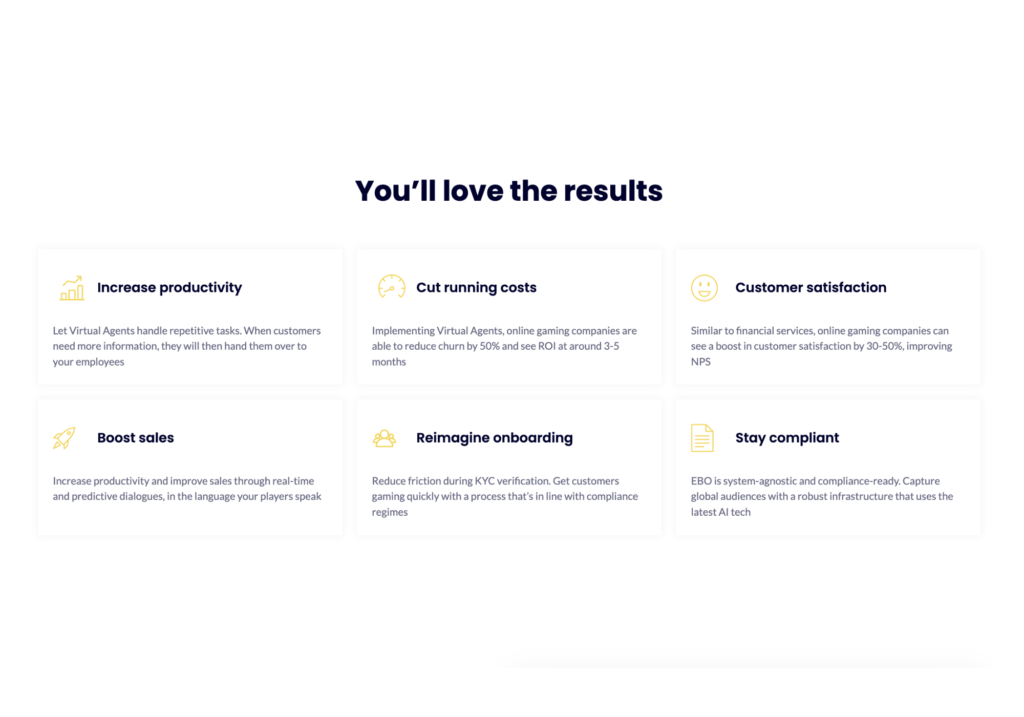In today’s fast-paced business world, effective marketing is crucial for growth, but not every company has the resources to bring on a full-time Chief Marketing Officer (CMO). Marketing is complex, constantly evolving, and requires experienced leadership. For smaller businesses or startups, a full-time hire may feel like too big of a commitment, both financially and in terms of the long-term strategy.
That’s where hiring a fractional CMO can make a huge difference. These marketing pros offer a smart alternative for companies looking to level up their marketing without the overhead of a full-time hire. Instead of bringing someone on permanently, companies can tap into expert leadership for a fraction of the cost. 😉
What’s so great about fractional CMOs?
The main benefit of a fractional CMO is the flexibility it provides. For many businesses, especially those that are growing fast or still figuring things out, the need for top-tier marketing expertise can vary. Sometimes, it’s essential to have a full-time marketing leader on board; other times, you just need someone who can offer guidance and strategy without taking up the whole payroll. A fractional CMO fits that bill perfectly—they work part-time or on a contract basis, bringing a wealth of experience without the burden of a full-time salary and benefits.
When you bring on a full-time CMO, you’re committing not just to a salary, but also to benefits, bonuses, and a lot of overhead. This can be overwhelming for smaller businesses. A fractional CMO, though, allows you to access the skills of an experienced leader at a much more affordable rate. You get all the strategic insight and industry knowledge without paying for a full-time employee. Plus, you’re not locked into a long-term commitment if your needs change. Need a little more help one month or a little less the next? No problem.
Another great thing about fractional CMOs is the expertise they bring to the table. These professionals have worked with a range of businesses across various industries, meaning they come with a toolkit of best practices, insights, and strategies that they’ve honed over the years. Instead of hiring someone with a more limited skill set, you’re getting access to someone who has a broader view of the marketing landscape and can bring fresh ideas to the table. They can jump in quickly, assess your needs, and start creating a roadmap for success without the typical ramp-up time a full-time employee might require.
A fractional CMO doesn’t just handle day-to-day tasks; they help craft a marketing strategy that’s in line with your business goals. It’s easy for small businesses to get bogged down with tactical work—like managing social media posts or responding to emails—but a fractional CMO makes sure you’re thinking strategically, aligning your marketing efforts with the bigger picture. Whether that’s growing your brand presence, increasing conversions, or reaching new audiences, a fractional CMO ensures your marketing is purposeful and driving results.
Perhaps one of the most valuable aspects of bringing in a fractional CMO is the outside perspective they provide. In-house marketing teams can sometimes become too entrenched in the company culture and lose sight of innovative approaches. A fractional CMO offers an objective point of view and can pinpoint areas that need improvement—whether it’s rethinking the brand voice, refining messaging, or exploring new marketing channels.
Lastly, because fractional CMOs often juggle projects across various companies, they come with a proven ability to adapt to different environments and industries. They know how to make an impact quickly and efficiently, so you don’t have to wait months for your marketing strategy to take shape.
What to look for in a fractional CMO
When it comes to finding a fractional CMO that can help elevate your marketing efforts, look for someone who is known for their strong understanding of content-driven strategies, digital marketing, and brand development. Someone who is an experienced professional and knows how to make marketing strategies work for businesses in a variety of industries. Whether you need someone to help refine your current marketing or create an entirely new approach, you want to find a fractional CFO who can step in and get things moving in the right direction.
You’ll also be looking for a person to bring a fresh, results-oriented approach to every project. They’ll work with your team to define your goals and make sure your marketing efforts are aligned with those goals. Their experience across industries helps them quickly get a sense of what will work best for your business, without wasting time on strategies that don’t fit.
Instead of being just another consultant, fractional CMOs should act as true partners. They integrate seamlessly into your business, offering both strategy and hands-on execution to help you achieve real results. And because they understand the importance of content in building a brand’s voice, they’ll make sure your marketing efforts not only drive traffic but also engage your audience in a meaningful way.
Is a fractional CMO right for your company?
Hiring a fractional CMO is a smart move for businesses that need high-level marketing expertise but don’t want the financial commitment of a full-time hire. The flexibility, cost savings, and access to top-tier talent make fractional CMOs an ideal solution for companies in the growth phase or those looking to optimize their marketing strategies. Writelingo’s experience and focus on results-driven marketing means that you can trust that you’ll be in good hands when it comes to shaping your brand’s success.
By bringing in a fractional CMO, you get the best of both worlds—top-notch expertise without the long-term investment of a full-time role. It’s a win-win for businesses looking to grow, evolve, and thrive in today’s competitive landscape.














